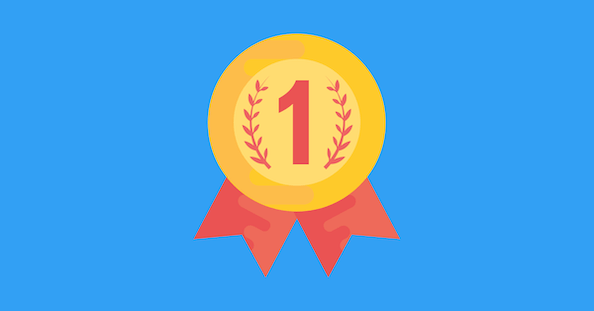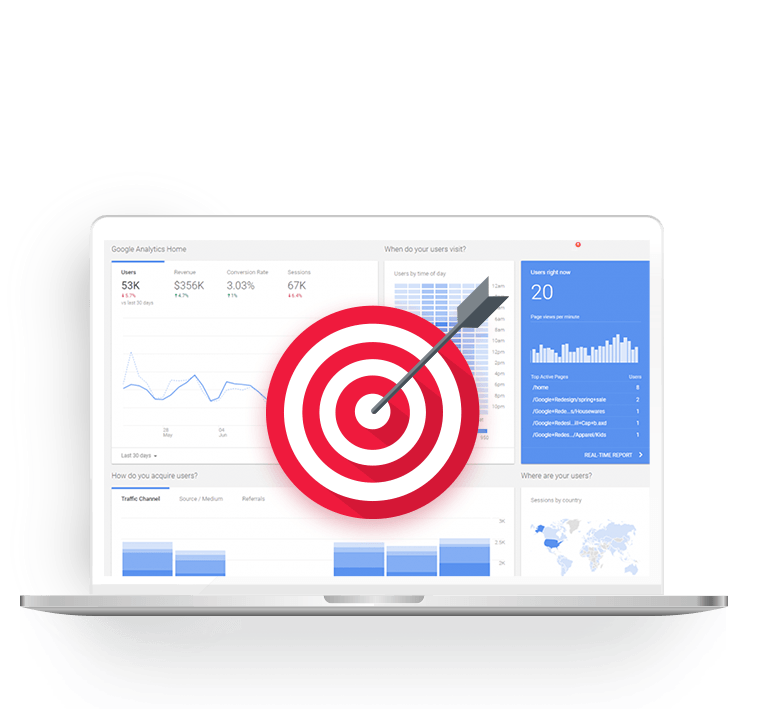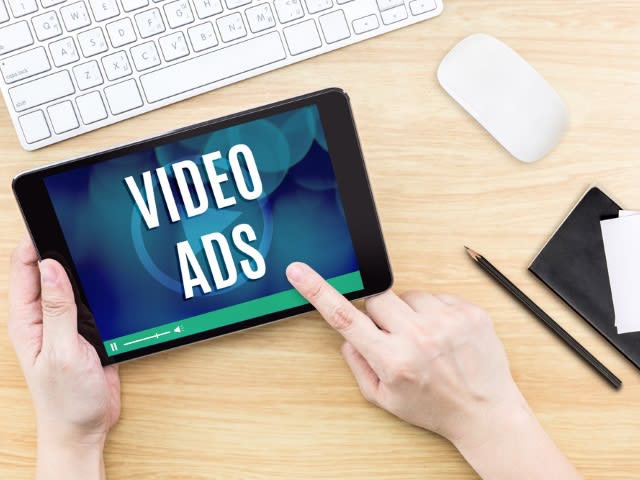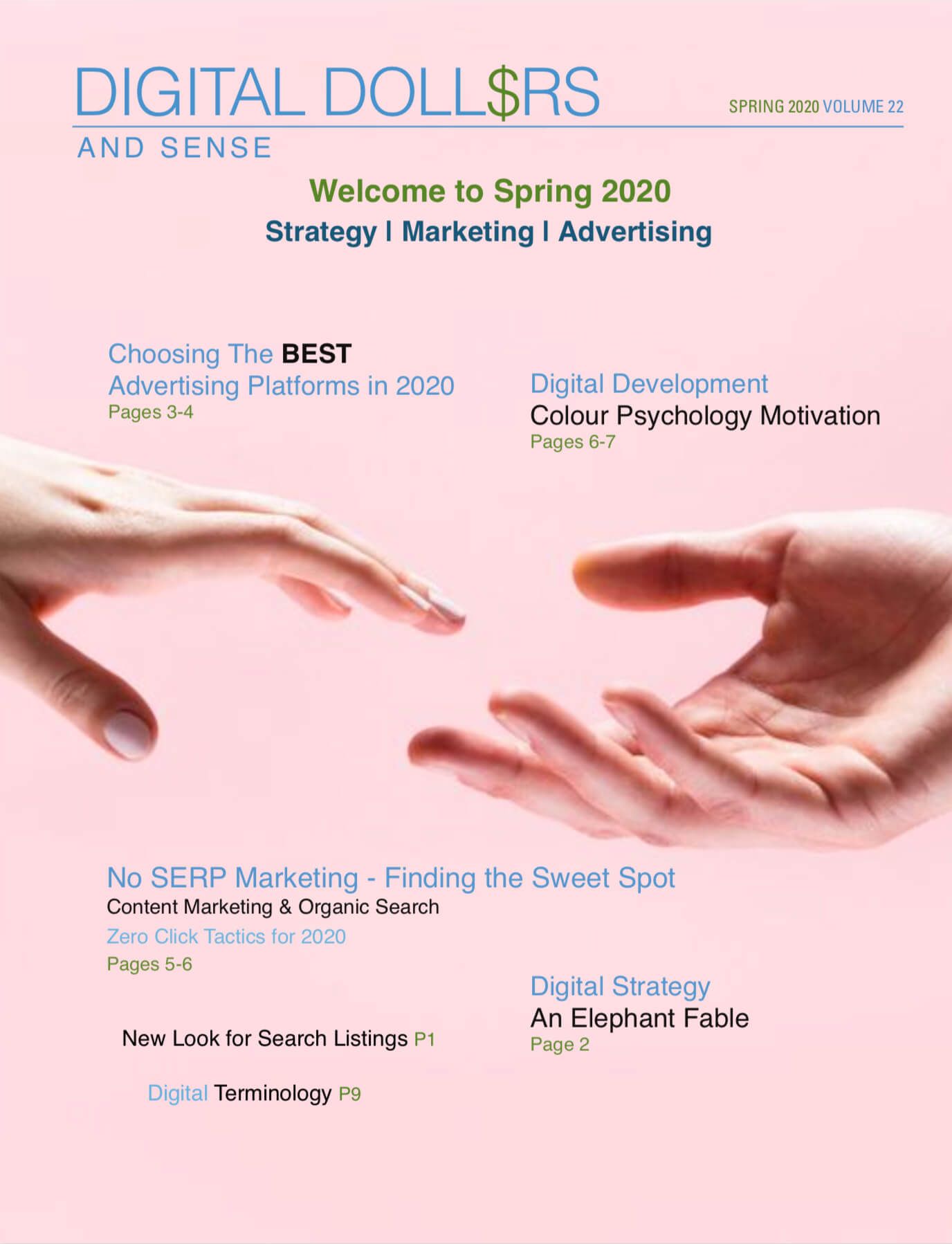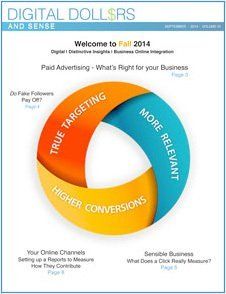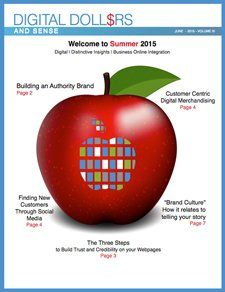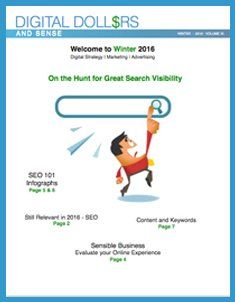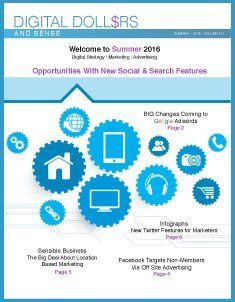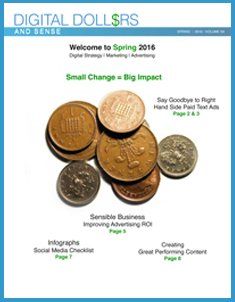A Guide to Ad Retargeting
- By Joe Wozny
- •
- 10 Oct, 2017
Retargeting = Remarketing

Welcome to the world of retargeting, aka remarketing. This feature has grown in popularity and acceptance over the last few years. This article looks at how retargeting works, and which platforms offer retargeting options through their audience settings. Our goal is to provide insights about retargeting so you can decide when/if it can be effective to use in your advertising efforts.
What is Retargeting/Remarketing?
Retargeting, in a digital marketing context, is the process of targeting your online advertising to reach people who've already visited your website or are already in your database as a lead or customer, based on their previous internet actions. You can retarget people based on a range of criteria and activity, dependent on each platform and the back-end data collection methods you've set up.
How Does Retargeting Work?
You can retarget based on a Pixel or you can retarget based on a List.
Pixel-based retargeting places an unobtrusive piece of JavaScript (also referred to as a cookie) into a visitors’s web browser to track the pages and products viewed on your webpages. The cookie then notifies the ad networks chosen by the advertiser to serve specific ads to that visitor, for a predefined period of time, based on what they browsed.
List-based retargeting uses your email list to create a target audience. The audience includes people from your list and people who have a similar “profile” to those on your email list.
Platforms Offering Retargeting
Facebook and Instagram offer retargeting with many options. You can choose from features such using a Contact List, Matching/Customer Audiences who have interacted with your ad, App users and Dynamic Ads which are used to promote products to people who've already expressed interest in your website or app. In some cases you have to upload your product catalog to Facebook or Instagram to help them find the right people for each product.
Twitter offers 'Tailored Audiences' that lets you target relevant influencers based on emails of current customers or Twitter names, Web targeting to previous visitors of your site and of course App targeting to people who are using your App.
Google including YouTube offers both pixel and customer match based retargeting. Customer match requires you to share your email list to assist Google with building your audience. Pixel targeting is based on matching ads to webpages that use Google’s Remarketing pixel.
LinkedIn now offers website retargeting, which enables advertisers to segment website visitors based on pages they've visited on your site.
Pinterest’s retargeting aims to reach pinners who've interacted with your Pinterest campaigns in the past with personalized content to create your audience. You can also target Events and URLs.
Insights for Your ReMarketing Campaigns
- Frequency cap your ads to limit the number of times a targeted user sees your ad. Avoid ad burnout
- Understand what your customers have done on your site and create your ads accordingly
- Use a burn code (burn pixel) to untag users who actually followed through in making a purchase, ensuring you aren't serving ads that can annoy people.
- Include as much data as possible to segment your marketing to reach the right people (Facebook).
- Add correct product IDs to Facebook pixel and App events.
- Use the "expand reach by targeting similar users" option when you have a small audience or to drive higher campaign volume. (Twitter)
- Choose a URL rule that aligns with your retargeting campaign goals and check the "Verified" tag status of your designated audience segments after 24 hours.
- Include lookalike audiences to expand your reach to chatters similar to your target audience (Snapchat).
- Refine your targeting with specific categories such as topics, interests, keywords, demographics, etc. and combine your remarketing lists to customize your targeting (YouTube).
- Use keywords to define your target audience to reach them while they browse and search on Pinterest and ensure your tag is verified in the tag dashboard (Pinterest).
Bottom Line: There’s a plethora of supplier options for you to consider with Retargeting and it all depends on which network matches your audience.





